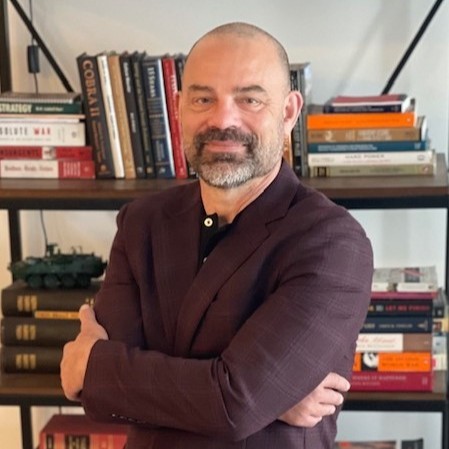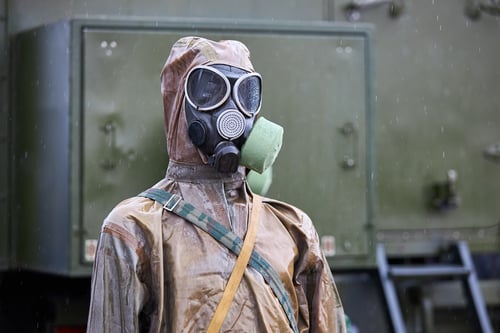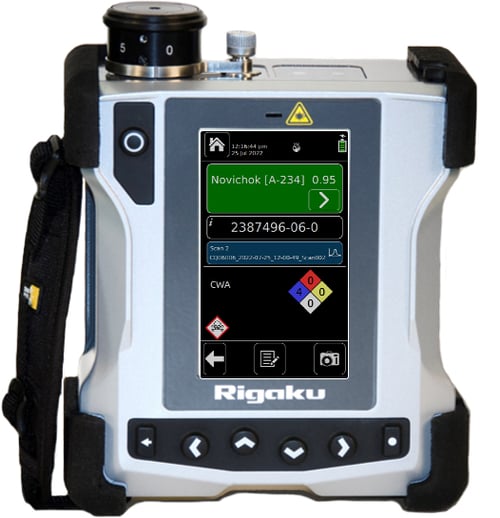What are the Effects of Improved Toxic Agent Chemistry?

Jeff Brodeur
Dr. Brodeur has experience developing CBRN strategy, plans, and training programs at all echelons of Department of Defense; strategic, operational, and tactical. Formally trained at the US Army Command and General Staff College and the US Army War College, Jeff earned a Master’s in Strategic Studies. His past performance includes senior battle staff at the Army Division (2-star), Army Service Component (3-star), and Geographic Combatant Command (4-star). Jeff's last military duty assignment was the Assistant Commandant for the US Army Chemical-Biological-Radiological-Nuclear schoolhouse and Regimental headquarters where he expertly managed the professional military education curriculum, training, and administrative management of an annual student load of approximately 8,000. Mr. Brodeur is an internationally recognized CBRN expert with conference keynote speaker and panel member experience in USA, Canada, Iraq, Brazil, Sweden, and Italy. In private industry, Dr. Brodeur led CBRN survey teams in combat zones to support Department of State programs. As a CBRN executive he has served Department of Energy activities to include Y-12 National Security Complex, Oak Ridge National Laboratory, Sandia National Laboratory, Savannah River Site, and the office of International Nuclear Security. Mr. Brodeur was the project lead, subject matter expert, and instructor for developing and presenting a suite of 18 United Nations Counter CBRN courses. Jeff serves as President for the Chemical Corps Regimental Association (CCRA).
Improvements to toxic agent chemistry increases the technological challenges of detection and identification.
The history of chemical warfare agents (CWAs) identifies four generations of increasingly sophisticated chemistries that enable ground maneuver formations to incapacitate or neutralize enemies of war.

- First generation agents - debuted in World War I composed of choking, blood, and blister agents (i.e., phosgene, hydrogen cyanide, mustard gas)
- Second generation agents - in preparation for a retaliate in kind World War II policy, nerve agents were developed and weaponized in large inventories (i.e., sarin, VX)
- Third generation agents - in a post-WWII era, the development of binary munitions mitigated safety challenges with storing, transporting, and deploying toxic agents. Upon deployment, separated components would mix in flight presenting a nerve agent on the target.
- Fourth generation agents - during the 1980 – 1990s, Russian chemistry developed a fourth generation of chemical agents (i.e., Novichok)
Rigaku’s 1064nm Raman laser technology combined with an optimized library provides the technician presumptive identification for all four generations of chemical agents and precursors within one minute. Capturing the report, embedded photo, spectra, and sending an encrypted report to reach back and headquarters can be accomplished with a few button presses.

